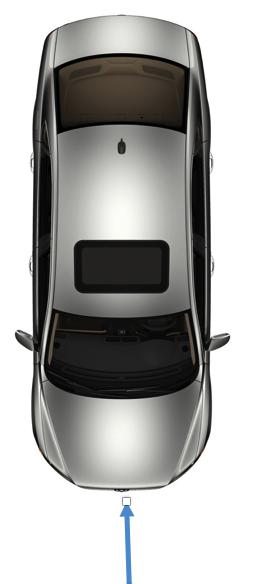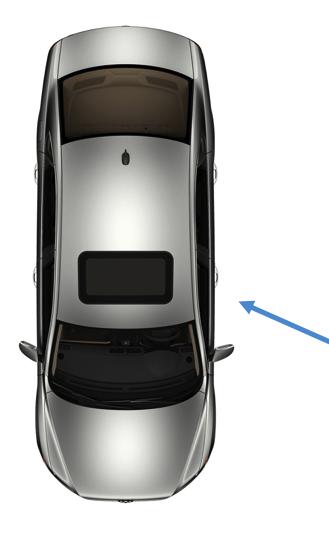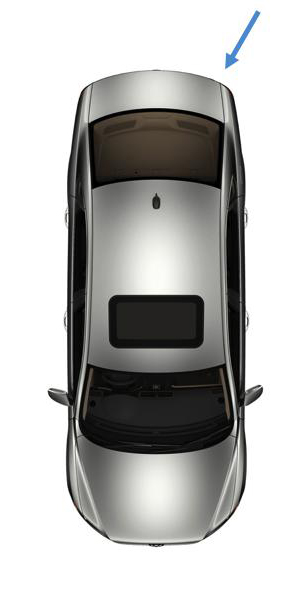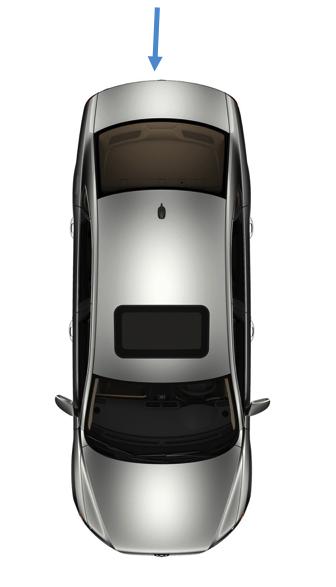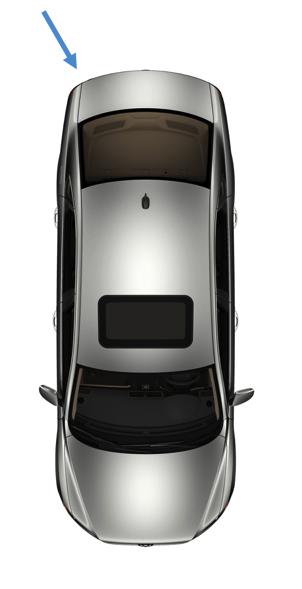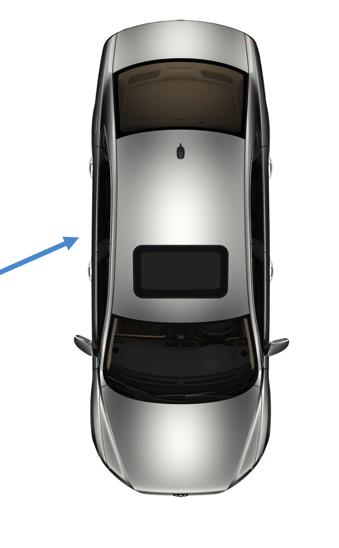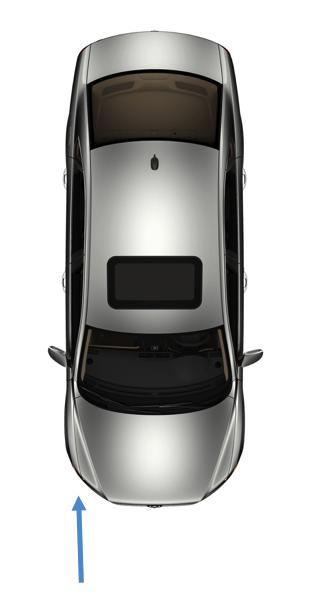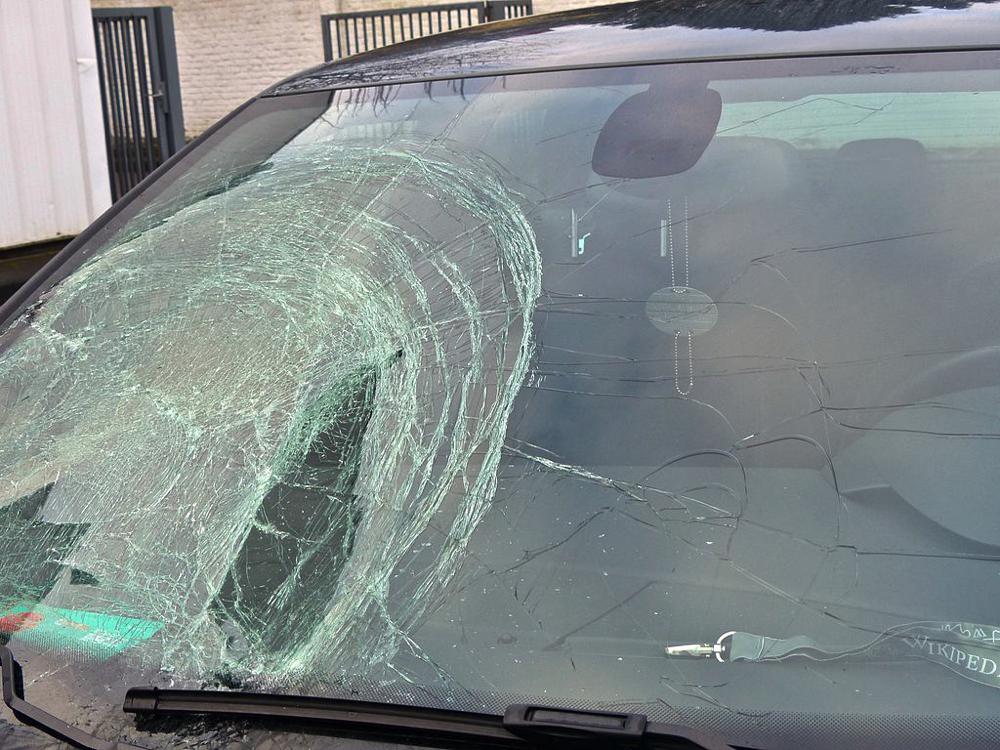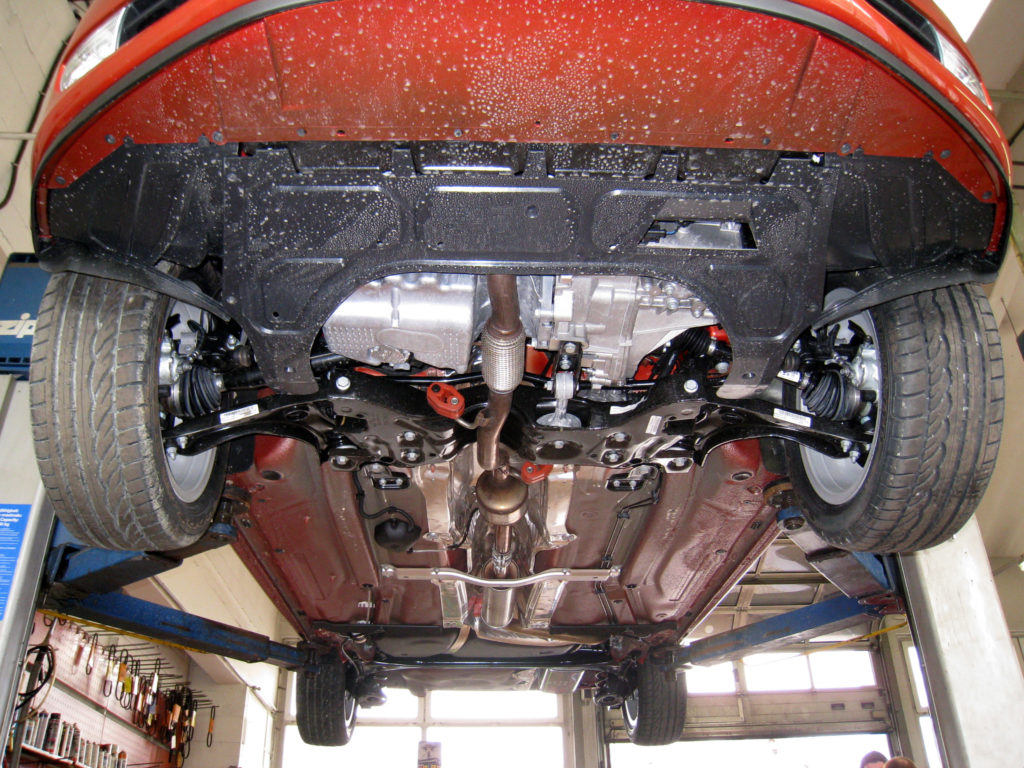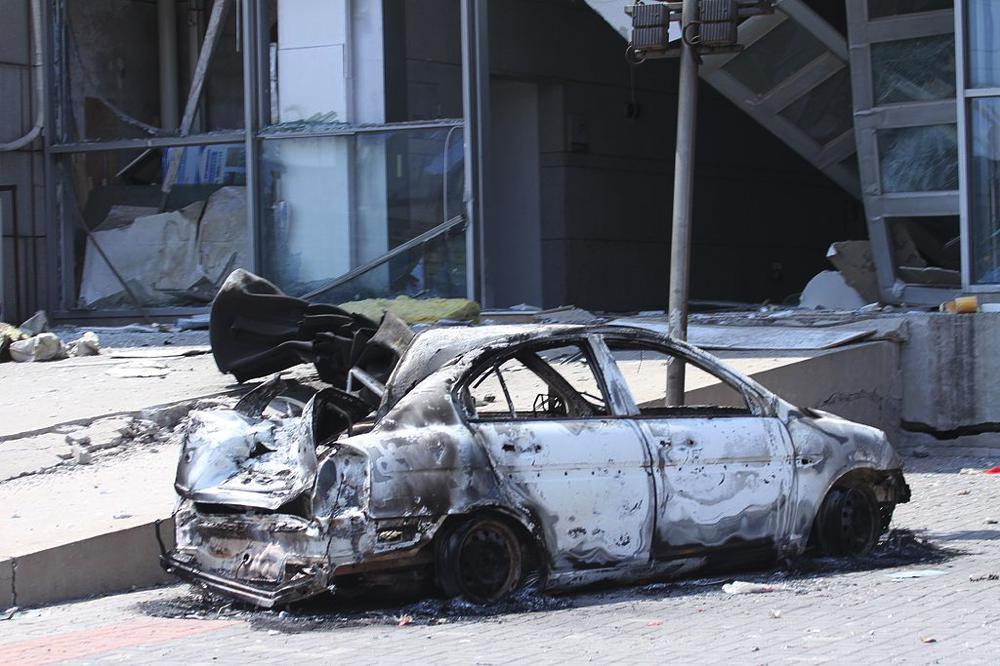Instructions:
Indicate the areas where the motor vehicle was damaged due to the crash. These include the areas of the motor vehicle that received the initial impact and the area that was most damaged.
Definition:
This element is intended to record all areas of the vehicle that were damaged in the crash.
Rationale:
This element is Important for evaluating injury severity in relation to motor vehicle impact and crash severity.
Accuracy Checks
- If the value for Damaged Area Code is ‘none’, then Towed from Scene cannot be ‘yes, vehicle or trailer disabled’.
Data Quality Audit Results
| Report Type | Acceptable | Inconsistent | Invalid | Empty | ||||
| Local Police (electronic) | 568 | 91.9% | 8 | 1.3% | – | – | 42 | 6.8% |
| Local Police (paper) | 590 | 92.8% | 27 | 4.2% | – | – | 19 | 3.0% |
| State Police (electronic) | 594 | 95.5% | 19 | 3.1% | – | – | 9 | 1.4% |
| Total | 1752 | 93.4% | 54 | 2.9% | – | – | 70 | 3.7% |
Damaged Area was the field in the vehicle section of the report that had the fourth highest frequency of unacceptable information. However, it was still deemed acceptable in 94 percent of reports reviewed. In cases where the field was not considered acceptable, most often it was due to being left empty. This was especially true for local police reporting electronically (6.8 percent of reports). The overall number of acceptable reports went down by 2 percent when compared to the 2008 audit. Law enforcement auditors indicated that the format for this field was easier on the older crash report, where officers marked the damage on a diagram of a vehicle, compared to now needing to visualize and lookup corresponding codes.

